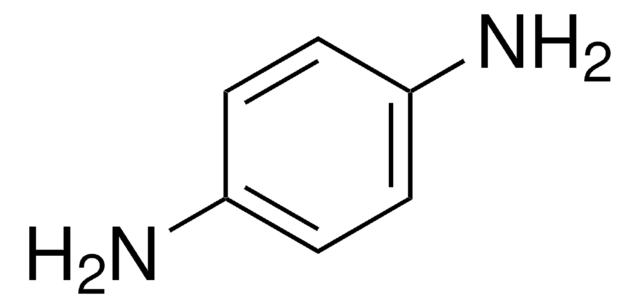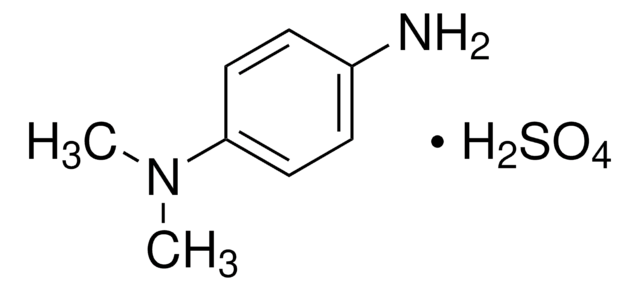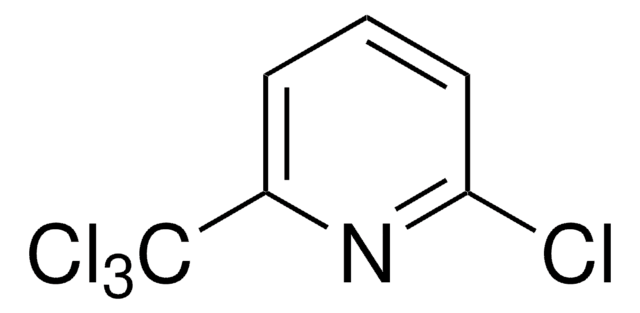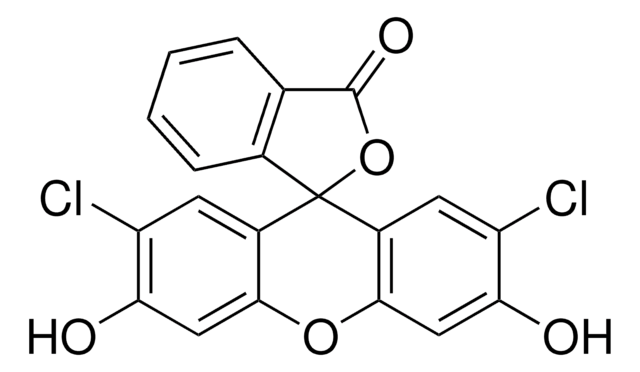D5143
N,N-Diethyl-p-phenylenediamine oxalate salt
≥85% (TLC)
Synonym(s):
4-Amino-N,N-diethylaniline oxalate salt
About This Item
Recommended Products
Quality Level
Assay
≥85% (TLC)
form
powder or crystals
composition
Water (by Karl Fischer): < 14%
color
white to yellow
mp
145 °C (dec.)
solubility
1 M HCl: 50 mg/mL, clear to very slightly hazy
application(s)
diagnostic assay manufacturing
hematology
histology
storage temp.
2-8°C
SMILES string
OC(=O)C(O)=O.CCN(CC)c1ccc(N)cc1
InChI
1S/C10H16N2.C2H2O4/c1-3-12(4-2)10-7-5-9(11)6-8-10;3-1(4)2(5)6/h5-8H,3-4,11H2,1-2H3;(H,3,4)(H,5,6)
InChI key
GXSUUFAGHVDMCO-UHFFFAOYSA-N
Looking for similar products? Visit Product Comparison Guide
Related Categories
Application
Signal Word
Warning
Hazard Statements
Precautionary Statements
Hazard Classifications
Eye Irrit. 2
Storage Class Code
6.1C - Combustible, acute toxic Cat.3 / toxic compounds or compounds which causing chronic effects
WGK
WGK 3
Flash Point(F)
Not applicable
Flash Point(C)
Not applicable
Personal Protective Equipment
Certificates of Analysis (COA)
Search for Certificates of Analysis (COA) by entering the products Lot/Batch Number. Lot and Batch Numbers can be found on a product’s label following the words ‘Lot’ or ‘Batch’.
Already Own This Product?
Find documentation for the products that you have recently purchased in the Document Library.
Customers Also Viewed
Our team of scientists has experience in all areas of research including Life Science, Material Science, Chemical Synthesis, Chromatography, Analytical and many others.
Contact Technical Service











